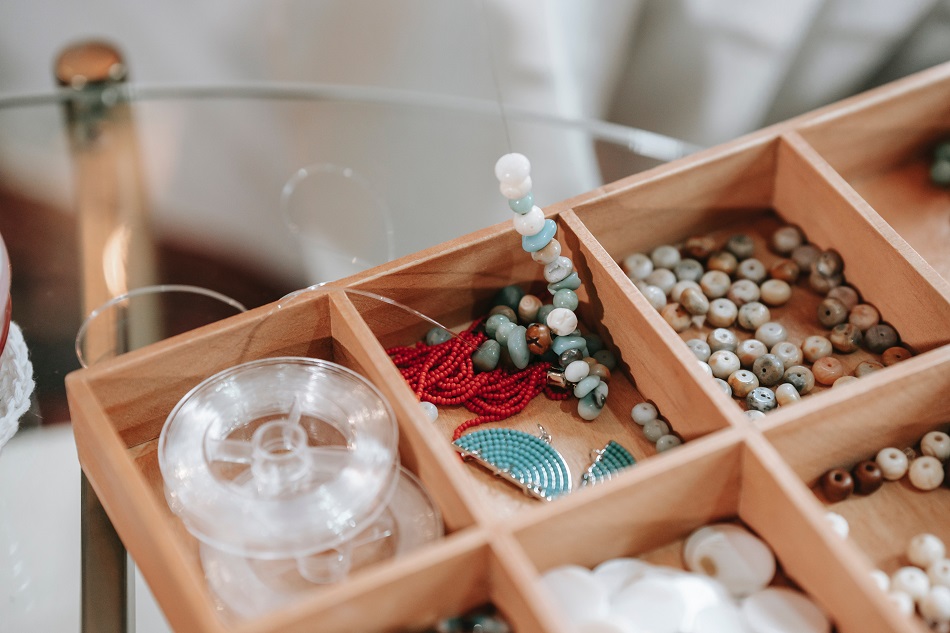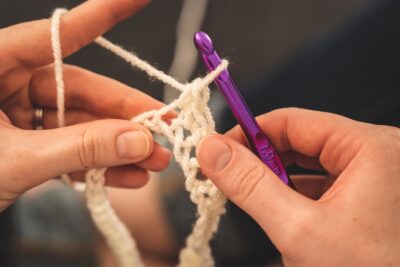Your cart is currently empty!
Bracelets are part and parcel of or daily fashion ranging from the expensive ones to the beautiful custom-made ones. Choosing the right bracelet is all based on finding the one perfect for both your eyes and budget. You can, however, make an adventure out of it and choose to design or make your own bracelet using different guides online. The procedure is simple when you bring together all the required materials to use for the project. Making a string bracelet is easier compared to other options like beads or stretchy option as you need a few resources to get started. Compiled here are the steps you need on how to make string bracelets for your loved one today.
Choose Your Thread
You need a long embroidery thread that you will use for the procedure. After straightening it out, cut 6 pieces of it that measure the circumference of your wrist. For a simpler design, use three distinctively colored threads or 6 pieces of colored thread for a more sophisticated touch. When cutting the thread, leave at least an inch extra of thread to allow for smooth finishes and most importantly tying the needed knots to it.
Tie A Knot at Start Point
Now that you have the strings that you need, tie them to a knot together on one end of the string leaving the other to be freestyle. Line up each strand separately after clamping the tied knot on one end and the individual strands on the other. You must also know that arranging the strings to your desired order before you begin braiding them will make it even easier to have the desired aftermath. The knot on the end of the string is the starting point of your bracelet while the strands are to be weaved to the body and other end of the bracelet.
Secure The Knot or End of The String to A Table Using Tape
Before starting the braiding process, tape the knotted side of the strings to the table to avoid movement during the process. The tape has to be well placed to avoid any chances of the bracelet becoming loose while you are amid the process. If you do not have a tape to use for the process, use a clipboard where you clip the knotted end on the board to give it stability. It is at this point that you can begin arranging the strings to the desired bracelet.
Separate Strings to Three Groups
To properly arrange the strings in order, separate them into a group of three, a pair each if you are using 6 strings or a string each group if you are using three strings for the project. You do not want to have random colors appearing on your bracelet without order. This allows you to know which ones to pass over which ones as you master the pattern and adhere to it recurrently until you are done with the braiding process. Check out different ways of separating the threads and how to arrange them during the process in a way that supports creativity and aesthetic appeal.
Start The Bracelet
The right way to commence your braiding is by crossing each of the strings over another in a recognized pattern. The right and left group of strings cross each other across the middle group of strings. You should not let go of the threads as you weave them into your desired pattern. The procedure can also take as long as you need it to, however most of them do not take a lot of time.
Continue braiding the braid as you try out the bracelet to ascertain whether it fits your wrist. By crossing the right threads to the left across the middle and the right threads to the left side, you will find yourself with a long bracelet with different colors arranged in the patterns you desire. Remember to leave a loose amount of thread at the end for you to tie a note at.
Finish The Bracelet Up
To finish up the setup, you should tie a good knot at the end of the bracelet. The one inch of thread you leave at the end should be enough to help you experiment. The knot only seeks to make your bracelet stronger, so the more unique the better, as it also prevents the bracelet from disentangling. A Slip knot can get the work done for easier slipping in of one end of the bracelet through the knot when closing.




